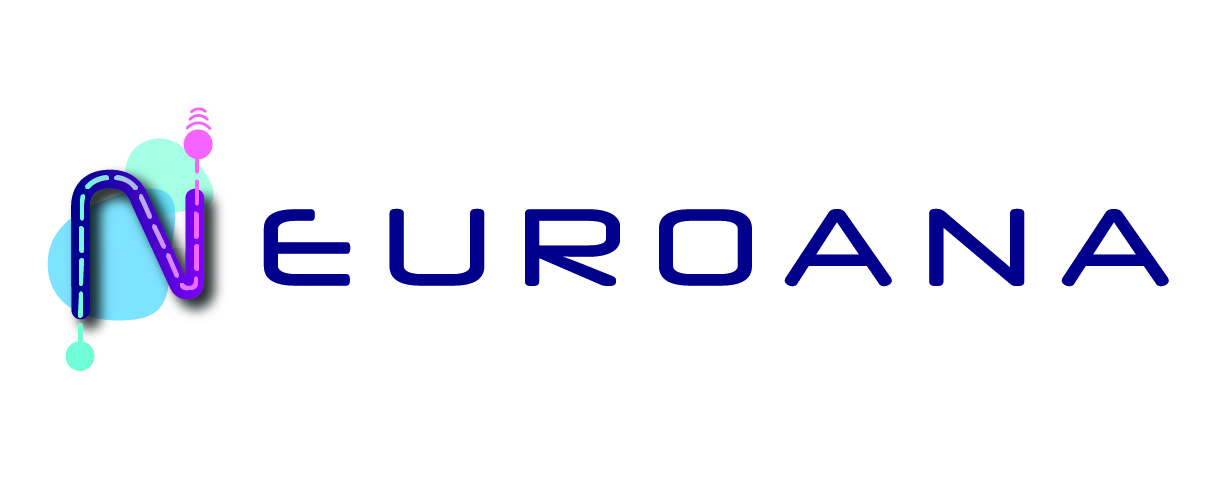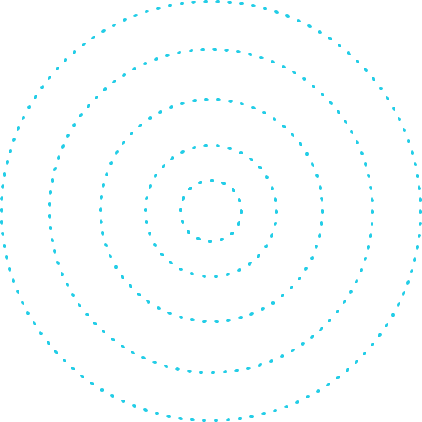A team of researchers from The University of Queensland have created the basis for the Netflix of neuro-scientific software, solving the issue of portability, accessibility, and reproducibility for neuroscientists across the world with one package of easy-to-download software.
Recently featured in Nature Methods, the award-winning software, Neurodesk, acts as an appstore for essential software, allowing scientists to download remotely on any device, from any location. Senior research fellow and shared last author of the paper Steffen Bollmann said the program streamlined functionality for neuroscientists – something rarely seen on the IT side of neuroscience. Click here to read full article.


I do accept as true with all the ideas you have offered on your post. They are very convincing and will certainly work. Nonetheless, the posts are too brief for newbies. Could you please lengthen them a bit from next time? Thank you for the post.